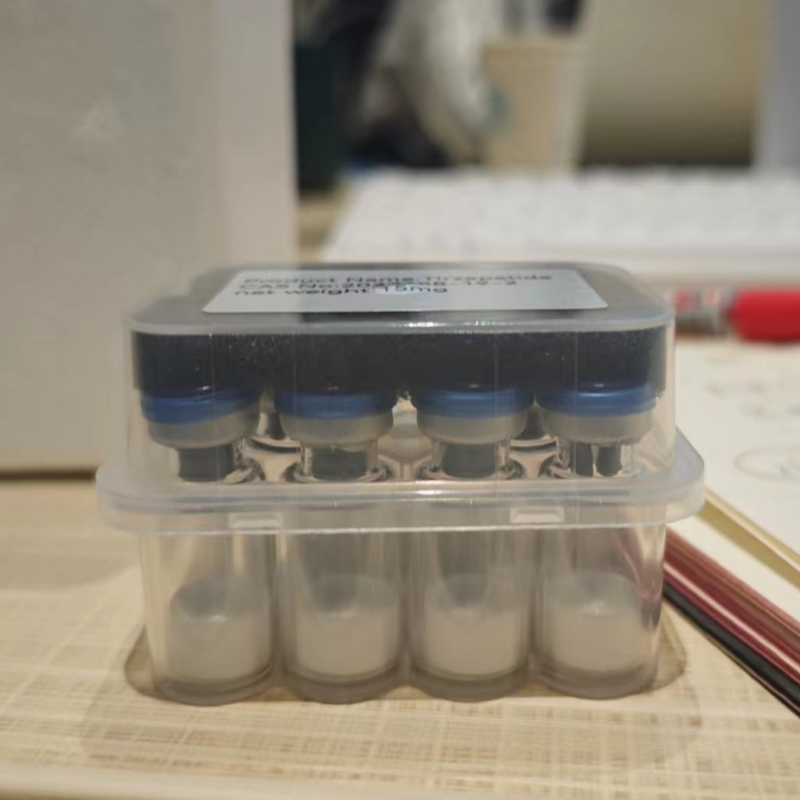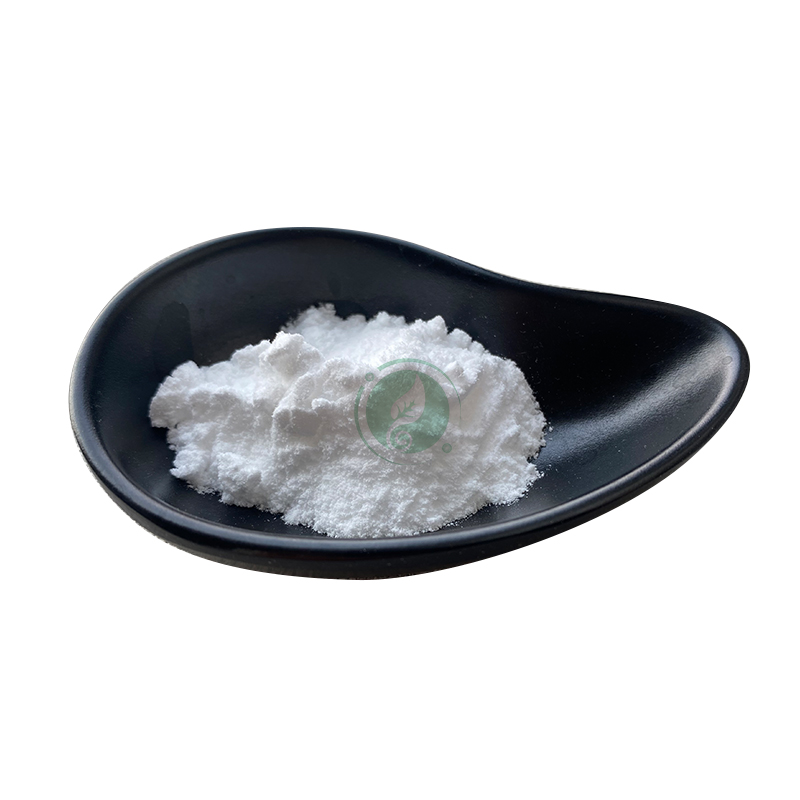-
Categories
-
Pharmaceutical Intermediates
-
Active Pharmaceutical Ingredients
-
Food Additives
- Industrial Coatings
- Agrochemicals
- Dyes and Pigments
- Surfactant
- Flavors and Fragrances
- Chemical Reagents
- Catalyst and Auxiliary
- Natural Products
- Inorganic Chemistry
-
Organic Chemistry
-
Biochemical Engineering
- Analytical Chemistry
-
Cosmetic Ingredient
- Water Treatment Chemical
-
Pharmaceutical Intermediates
Promotion
ECHEMI Mall
Wholesale
Weekly Price
Exhibition
News
-
Trade Service
【Pharmaceutical Network Technical Article】 Pharmaceutical intermediates are a chemical product used in drug synthesis, involving more than 2,000 types
.
But at the same time, pharmaceutical intermediate wastewater is also a very typical and difficult to treat industrial wastewater
.
"The long synthesis step, complex intermediates, and stable molecular structure make the wastewater composition of pharmaceutical intermediates very complex, containing a large number of toxic, refractory organic compounds, as well as Cl-, SO42- and other inorganic salts," the industry said, pharmaceutical intermediate wastewater has the characteristics of high COD, high ammonia nitrogen, high salt and high color, which is one of the
major difficulties in the current chemical environmental protection work.
The problem of wastewater of pharmaceutical intermediates is large, so how to achieve stable discharge up to standard has also become one of the issues of
great concern in the industry.
Nowadays, with the deepening of the concept of environmental protection, the problem of wastewater treatment of pharmaceutical intermediates has been paid more and more attention, and some effective treatment methods have gradually been born
.
For example, at present, for high-concentration, refractory organic wastewater, the good effect that can be achieved when using biological treatment + physicochemical treatment is also the mainstream way
to treat this type of wastewater now.
The industry said that this method can effectively dispose of those refractory organic pollutants, thereby improving the biochemistry of wastewater and creating conditions
for subsequent biological treatment.
Micro-electrolysis and Fenton oxidation can achieve the purpose of improving biochemistry and degrading organic matter, and the two are also commonly used wastewater treatment combinations
.
According to relevant technical personnel, the former is to use the principle of metal corrosion to treat wastewater, which can not only remove some refractory organic matter, but also change the form and structure of some organic matter; The subsequent Fenton oxidation stage only needs to add H2O2, which combines with the ferrous ions emitted by micro-electrolysis to form Fenton reagent, resulting in a highly oxidizing · OH, which can decompose organic pollutants into carbon dioxide and water
.
Anaerobic and aerobic are both biological methods, and their combination has become a biochemical treatment system
for wastewater treatment of pharmaceutical intermediates.
According to the industry, the UASB reactor is an anaerobic type, the wastewater is introduced into the bottom of the reactor as evenly as possible, flowing upward through the sludge bed containing granular sludge or flocculent sludge, and the anaerobic reaction occurs in
the contact process between wastewater and sludge particles.
The UASB reactor stage removes most of the organic matter (COD removal rate can reach 80%), and the large molecules are degraded into small molecules, which improves the biochemistry
.
The person said that the combination of anaerobic + aerobic contact oxidation pool can not only ensure the stable operation of the system, but also remove COD after the wastewater passes through the system, and ammonia nitrogen pollutants can also be partially removed
.
Due to the high COD and high biological toxicity of pharmaceutical intermediates, conventional microorganisms are difficult to tolerate the toxic pollutants in the wastewater of pharmaceutical intermediates, and cannot directly carry out conventional biochemical treatment, and can be partially removed by chemical oxidation to reduce their biological toxicity and carry out biochemical treatment
.
Chemical oxidation methods include: ozone oxidation, sodium hypochlorite oxidation, ozone-hydrogen peroxide oxidation, Fenton oxidation and other chemical reagent oxidation, as well as wet oxidation, electrolytic oxidation, photooxidation, high temperature cracking and other oxidation methods
.
However, the industry pointed out that this method is characterized by a long process flow and requires large investment and operating costs
.
There are also technicians who introduced a kind of Lanbiqing biological bacteria developed by modern microbial technology, a composite flora composed of more than 100 kinds of microorganisms, which treats wastewater for the characteristics of high COD, high toxicity and high salinity of pharmaceutical intermediate wastewater
.
Lanbiqing biological bacteria can be applied
in ABR, SBR, MBR and other processes.
Compared with conventional microorganisms, the advantages of Lanbiqing biological bacteria are in the source of strains, the number of species, the decomposition ability, the decolorization ability, the salt resistance, the toxicity resistance, the load resistance, the impact resistance and other aspects
.
At present, this technology has been successfully applied to a number of pharmaceutical intermediate wastewater treatment experiments and engineering implementation, pharmaceutical intermediate wastewater after Lanbiqing biochemical treatment, can meet the standard discharge or resource recovery
.
In addition, some environmental protection enterprises also said that the company developed an advanced treatment transformation scheme
with "LFD multiphase catalytic oxidation + LCO catalytic oxidation + BAF" for a pharmaceutical company.
According to reports, LFD multiphase catalytic oxidation and LCO catalytic oxidation two-stage advanced oxidation technology combined, direct oxidation decomposition of part of the organic matter, while breaking the chain of some refractory organic matter, improving the biochemistry of wastewater, BAF biological filter uses the biochemical COD after breaking the chain as a carbon source, synchronous nitrification denitrification and denitrification denitrification, so that the effluent is stable up to standard
.
Nowadays, the tightening of environmental protection supervision has put greater pressure on API and pharmaceutical intermediates manufacturers, and enterprises that do not meet environmental protection standards and lack capital for environmental protection investment can only gradually withdraw from the market under the stricter environmental protection supervision because they cannot meet the
regulatory requirements.
However, at the same time, enterprises with environmental protection technology and capital advantages will also usher in the opportunity to achieve leapfrog development and accelerate the increase of industry concentration, and it is estimated that the market size of China's pharmaceutical intermediates will reach 350.
1 billion yuan in 2022.
Strengthening the treatment of wastewater from pharmaceutical intermediates is an important aspect, and relevant enterprises cannot be ignored
.
Disclaimer: Under no circumstances does the information or opinions expressed herein constitute investment advice
to anyone.







